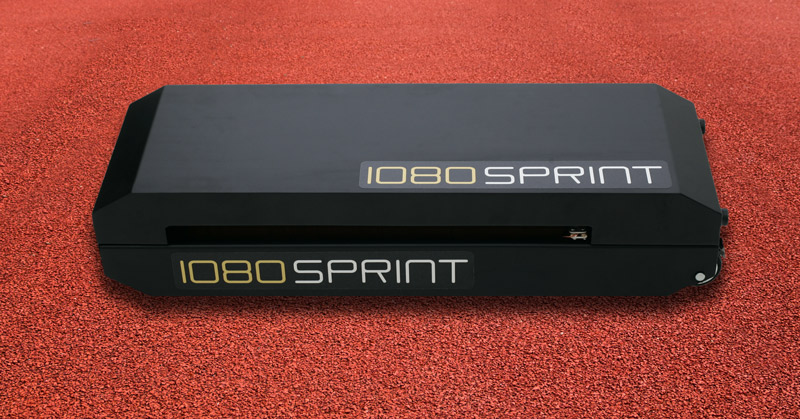[mashshare]

Xceleration Sports Performance Labs in Austin, Texas was among the first sites in the US to acquire a 1080 Sprint to evaluate and improve athlete sprint performance. Matthew Neel explains the benefits of the system for speed training.
Xceleration Sports Performance Labs Founder Matthew Neel explains the benefits of the 1080 Sprint.
Transcript
We spent nineteen years developing the most comprehensive speed training program, and in those nineteen years we have never come across something as game changing as the 1080 Sprint.
Our whole business is based on finding what limits an athlete’s speed and finding as many limiting factors as possible and doing everything we can to correct them. The 1080 Sprint allows us to see those things instantaneously. We can see whether it’s a force production problem, whether it is a turnover problem, or whether it’s a peak speed issue and just their movement speed alone.
The 1080 Sprint has really allowed us to expand our teaching and coaching capabilities. The instant feedback and the ability to give cues that we were never able to give before has really been one of the greatest advantages of the 1080 Sprint in our facility.
The ability to not just measure and see what an athlete’s made of, but actually being able to give them real-time cues and being able to change what they’re doing instantaneously as they feel it and see it visually coming back to the screen and looking at it has been a great asset to us.
The 1080 Sprint has allowed us to expand our teaching and coaching capabilities. - Matthew Neel Share on XFor instance, when we are training athletes to run a faster 40-yard dash, we need to see exactly when they are reaching their peak speed, how much power they are producing and where they produce that power. We also like to see how long they’re producing that power. And if we can look inside an athlete’s 40-yard sprint and start to break it down and start to tear apart things and look at, well, they may have hit their peak speed at ten yards, and we need them to hit it at twelve yards, for instance. Or they can only hold their top speed for two or three meters, then we know exactly what area we need to train and develop.
The information that you get back from a 1080 Sprint test is going to give you more data that is applicable to a specific sport of specific position, more comparable than any data that you are going to receive out of typical combine test that we use currently. And used in conjunction with it’s a great tool to look inside that athlete and see what level they can actually play or perform.
Since you’re here…
…we have a small favor to ask. More people are reading SimpliFaster than ever, and each week we bring you compelling content from coaches, sport scientists, and physiotherapists who are devoted to building better athletes. Please take a moment to share the articles on social media, engage the authors with questions and comments below, and link to articles when appropriate if you have a blog or participate on forums of related topics. — SF
[mashshare]





